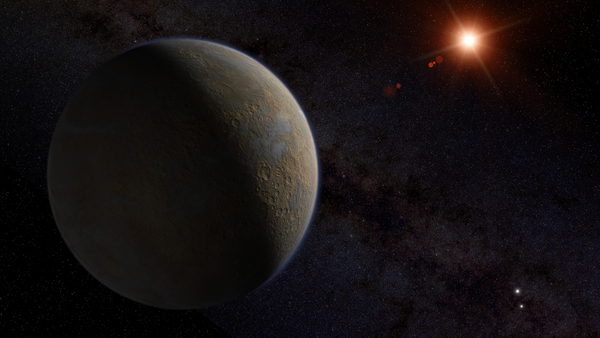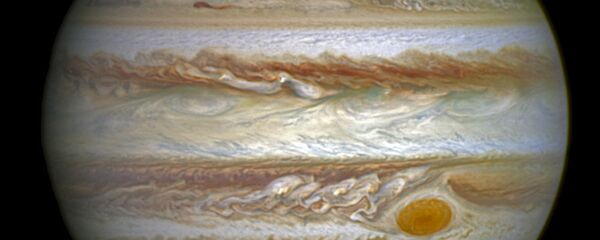Alpha Centauri is the closest star system to our solar system, and NASA believes it has Earth-like habitable planets that must be explored.
It is 24.9 trillion miles from Earth and consists of three stars: Centauri A, Centauri B, and Proxima Centauri.
NASA plans to send a probe to explore the star system; however, in order to achieve such a tremendous feat scientists need to build a robotic spacecraft that is able to travel at 10 percent of the speed of light.
The scientist are said to be working on various options, including sending tiny probes powered by lasers, which theoretically could reach a quarter of the speed of light, the New Scientist magazine reported.
NASA is also looking into possibly harnessing nuclear reactions or collisions between matter and antimatter, according to the publication.
A few years ago, the Voyager probe crossed into interstellar space after decades of traveling in our solar system. It was launched in 1977 and was one of mankind’s greatest achievements in deep space exploration.
Now the scientists are ready to push for new boundaries and build a new probe, which could reach a speed of 10 percent the speed of light that would be 67 million miles per hour (107 million kilometers per hour).
Currently the New Horizons probe is the fastest deep space mission ever launched at more than 36,000 miles per hour (58,000 kilometers per hour). Even with its unfathomable speed it would take the probe around 80,000 years to reach Proxima Centauri.



